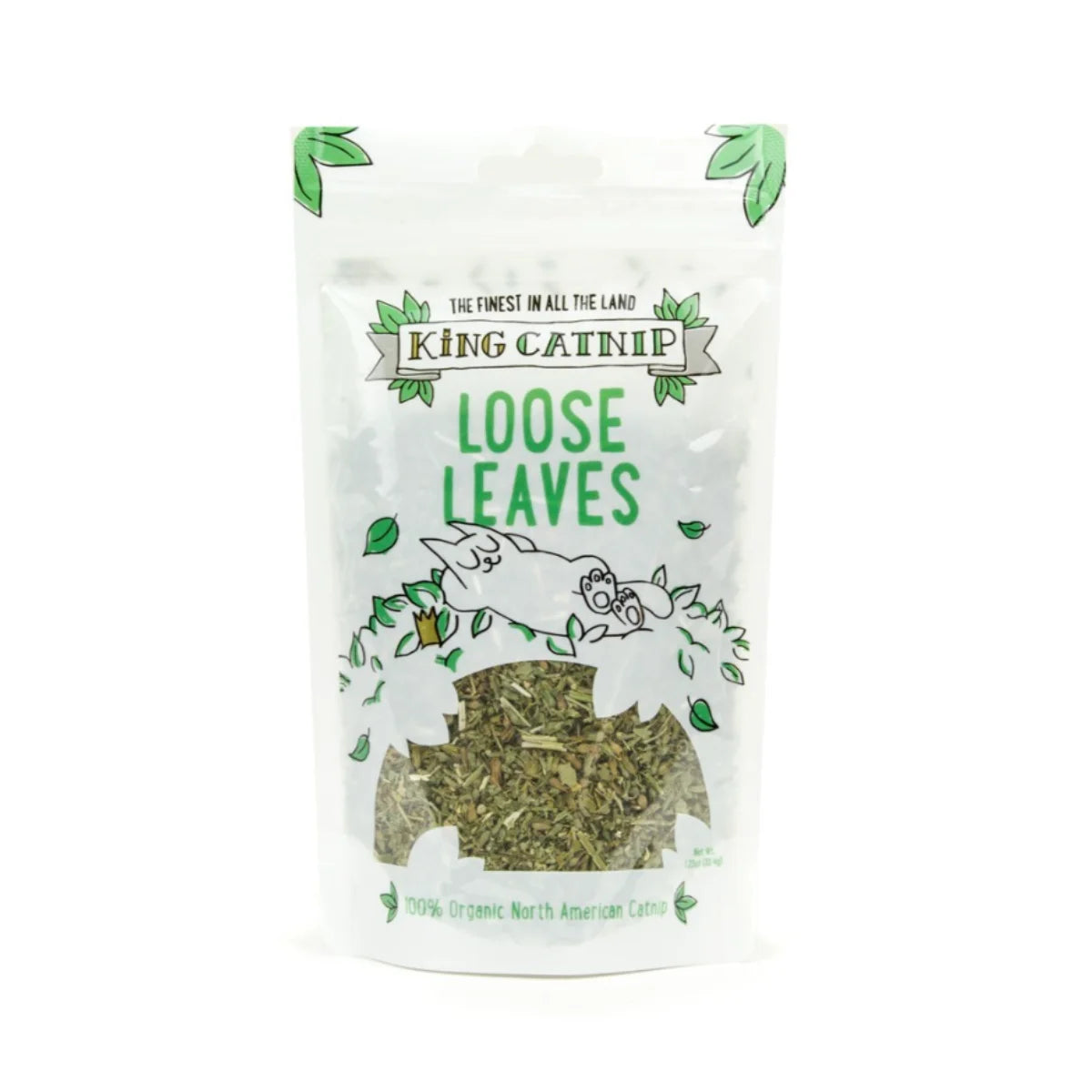Creating a cat-friendly environment! Recognize 15 types of plants that are harmful to cats
If you are preparing to welcome a cat into your home, you need to be extra careful if you have green plants! This is because cats love to touch green plants, but if they accidentally bite plants that are harmful to them, there can be serious consequences. Which plants are toxic to cats? This article has compiled 15 types of plants that are harmful to cats and 9 types of plants that are harmless to cats, as well as some tips for growing cat grass, so that you can raise cats without worries!
15 types of plants that are harmful to cats
The following is a list of 15 common plants in Hong Kong that are harmless to humans but cannot be grown if you have a cat:
- Tiger orchid: If a cat eats it by mistake, it may experience gastrointestinal symptoms such as vomiting or abdominal pain.
- Lily: Although the fragrance of lilies is pleasant, do not put them in your home if you have a cat. The toxicity of lilies can lead to kidney failure in cats.
- Tulip: Tulips are beautiful, but if a cat eats them by mistake, it can cause serious heart arrhythmias.
- Golden needle flower: If a cat eats it by mistake, it can lead to kidney failure or even death.
- Narcissus: Narcissus is a popular plant during the Lunar New Year, but if a cat eats it, it can cause diarrhea and irregular heartbeat.
- Golden pothos: Plants in the Araceae family, such as golden pothos, can cause digestive problems if ingested by cats.
- Aspidistra: Aspidistra is a common plant that can purify the air, but its juice can cause gastrointestinal discomfort in cats.
- Calla lily: Calla lilies are elegant, but the water droplets at the end of the leaves and the oxalic acid in the plant can be toxic to cats, leading to kidney failure.
- Rhododendron: Rhododendrons can cause serious poisoning in cats, leading to digestive problems and low blood pressure, and even coma in severe cases.
- Succulent plants: Succulent plants, such as green coral and plants in the Euphorbiaceae family, can cause breathing difficulties if ingested.
- Japanese yew and English yew: Ingesting these plants can cause the cat's heart to stop working, ultimately leading to death.
- Iris: The entire plant is toxic, with the rhizome being the most toxic. Ingesting it can cause hallucinations.
- Oleander: Cardiac glycosides in oleander can cause seizures and even respiratory arrest in cats.
- Hydrangea: Hydrangeas are common indoor plants, but if a cat eats them by mistake, it can cause diarrhea and vomiting.
- Bird of paradise: If a cat eats it by mistake, it can cause bleeding in the blood vessels, drooling, and vomiting.
9 types of plants that are safe for cats to be around
- Ferns: Maidenhair ferns and staghorn ferns are non-toxic and suitable for planting in homes with cats.
- Coconut plants: Coconut plants are non-toxic and easy to grow. They can also purify the air in your home, making them a great addition to homes with cats.
- Aroids: Leopard lilies and other aroids are easy to care for and non-toxic. They can be grown indoors and add a touch of green to your home decor.
- Peperomia: Round-leaf peperomia, variegated peperomia, and rabbit-ear peperomia are non-toxic and easy to grow. They only need to be watered once a week.
- Air plants: Fox tail air plants and other air plants like bright locations and are suitable for planting on balconies in homes with cats.
- Water plants: Pineapple plants and other water plants can be grown in well-ventilated environments and only need to be watered two to four times a week.
- Money tree: The non-toxic money tree, also known as Malabar chestnut, is suitable for planting in homes with cats of all sizes.
- Orchids: Bottle orchids are evergreen shrubs that can survive for long periods without water. They are easy to grow and maintain and are non-toxic to cats.
- Spider plant: Spider plants are safe for cats and can even help with digestion if ingested.
Planting cat grass is a safe option for cat owners
If cat owners are still struggling with what green plants to place in their homes that are both decorative and safe for cats, they can choose to plant cat grass. Cat grass is rich in nutrients, including vitamin C, minerals, and plant fiber, which not only supplements cats' nutrition and stimulates intestinal peristalsis but also helps remove hairballs that cats may ingest.
Learn more about cat grass products
Planting cat grass is very easy, just pour water and wait for it to sprout. It is also affordable and very suitable for cat owners to grow. If you want to buy high-quality cat grass, you can choose from different brands and origins of cat grass products on Vetopia, and select home delivery for a simple and convenient shopping experience.




